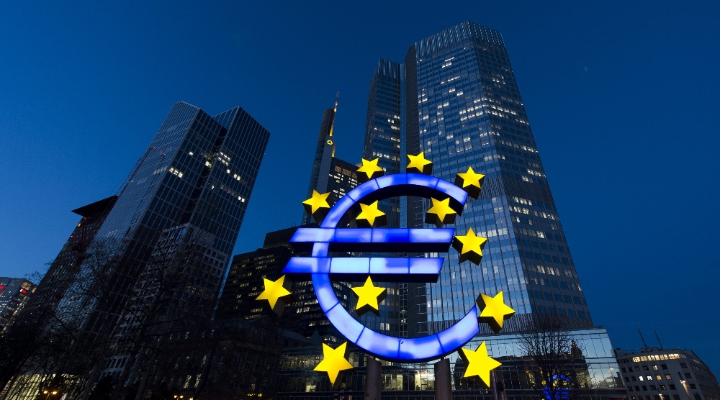
Slow progress continues on US inflation, even as overall price pressures ticked up in December, the latest Consumer Price Index report reveals.
The Bureau of Labor Statistics reported that CPI rose 3.4% on an annual basis and 0.3% on a monthly basis in December. The yearly figure was higher than November’s reading and economist expectations of 3.2%. More than half the monthly gains were driven by increases in shelter costs.
Despite the reading, the Federal Reserve is expected to cut interest rates in 2024, potentially as soon as its March policy-setting meeting.
“Today’s report shows core inflation essentially holding steady, which should allow the Fed to cut in March,” says Preston Caldwell, chief US economist at Morningstar. He notes that on a three-month annualised basis, the inflation rate came in at 1.8% in December, depressed by a sharp drop in energy prices.
Core CPI, which excludes volatile food and energy prices, rose 3.9% on an annual basis and 0.3% on a monthly basis in December. Both readings were slightly higher than economists expected, though annual core inflation has now dropped below 4% for the first time since May.
Headline inflation fell sharply over 2023, from 6.4% on an annual basis in January to a little more than half that rate in December. Thursday’s data underscores that progress on the Fed’s inflation fight could be a little slower and choppier during its so-called “last mile” than it was a year ago.
CPI vs Core CPI
Data as of December 31, 2023. Source: Bureau of Labor Statistics
December CPI Report Key Stats
- CPI climbed 0.3% for the month after rising 0.1% in November
- Core CPI climbed 0.3% after rising by the same amount in November
- CPI increased 3.4% year over year after rising by 3.1% the prior month
- Core CPI climbed 3.9% from year-ago levels after increasing 4.0% in November
Caldwell adds that core inflation, which has proved stickier than the headline figure, has also remained relatively steady over the past three months. Core prices rose 3.3% on a three-month annualised basis in December, he says, compared with 3.4% in November.
Consumer Price Index
Data as of December 31, 2023. Source: Bureau of Labor Statistics
Shelter Inflation Still Sticky
Much of the recent stickiness in core inflation is attributable to high shelter prices, which include rent prices and owner’s equivalent housing expenses. “Shelter (housing) inflation continues to run hot,” according to Caldwell, reaching 5.1% on a three-month annualised basis in December. Excluding the shelter category, core inflation would have been just 2% last month.
In general, measures of housing costs tend to show up in inflation data with a lag. Economists widely expect shelter inflation to fall in the months ahead as the data catches up with ongoing declines in rent prices.
“Core inflation will return to normal if shelter inflation subsides, which should be around the corner,” Caldwell says, though he notes that “the exact timing is uncertain”.
Change in Selected CPI Components
Data as of December 31, 2023. Source: Bureau of Labor Statistics
When Will the Fed Cut Rates?
The Fed has signalled to markets that it has reached the end of its rate hiking cycle. Now investors are looking ahead to rate cuts, trying to determine when and how often they will come. Forecasts by central bankers at their last meeting suggested a total of three cuts in 2024, but bond market investors are expecting at least five, according to the CME FedWatch Tool.
The Fed is widely expected to leave rates at the current target range of 5.25%-5.50% at its meeting later this month. Some strategists expect rate cuts as soon as March, and the bond market agrees. Others believe cuts are more likely in the second half of the year.
Caldwell is in the March camp, adding that PCE inflation – a separate measure of price growth that the Fed prefers – has dropped to 1.9% on an annualised basis over the past six months, below the central bank’s 2% target.
That healthy PCE reading means that despite Thursday’s hotter-than-expected headline number, Caldwell believes the Fed is likely to cut rates in March. “Markets appear to agree with our assessment,” he says, “with about a two-thirds implied probability of a March cut”.
As always, those expectations could shift depending on economic data in the weeks and months ahead.
Expectations for March 2024 Federal Reserve Meeting
Data as of Jan 11, 2024 CME FedWatch Tool




























